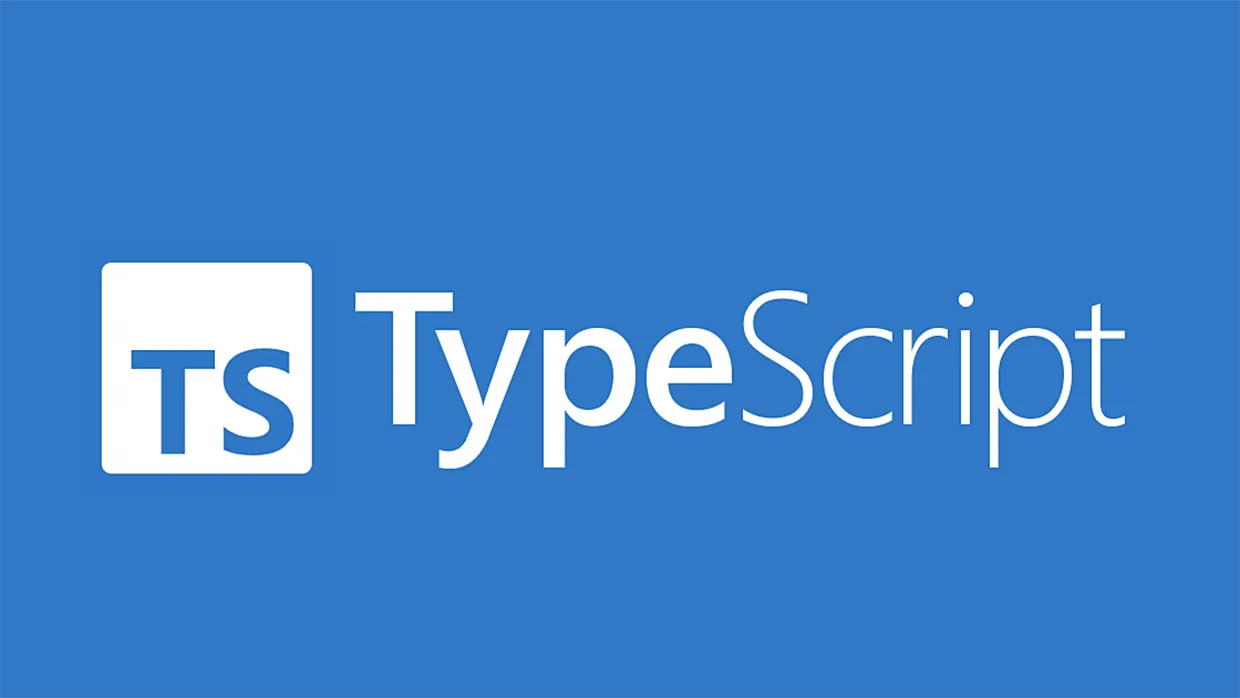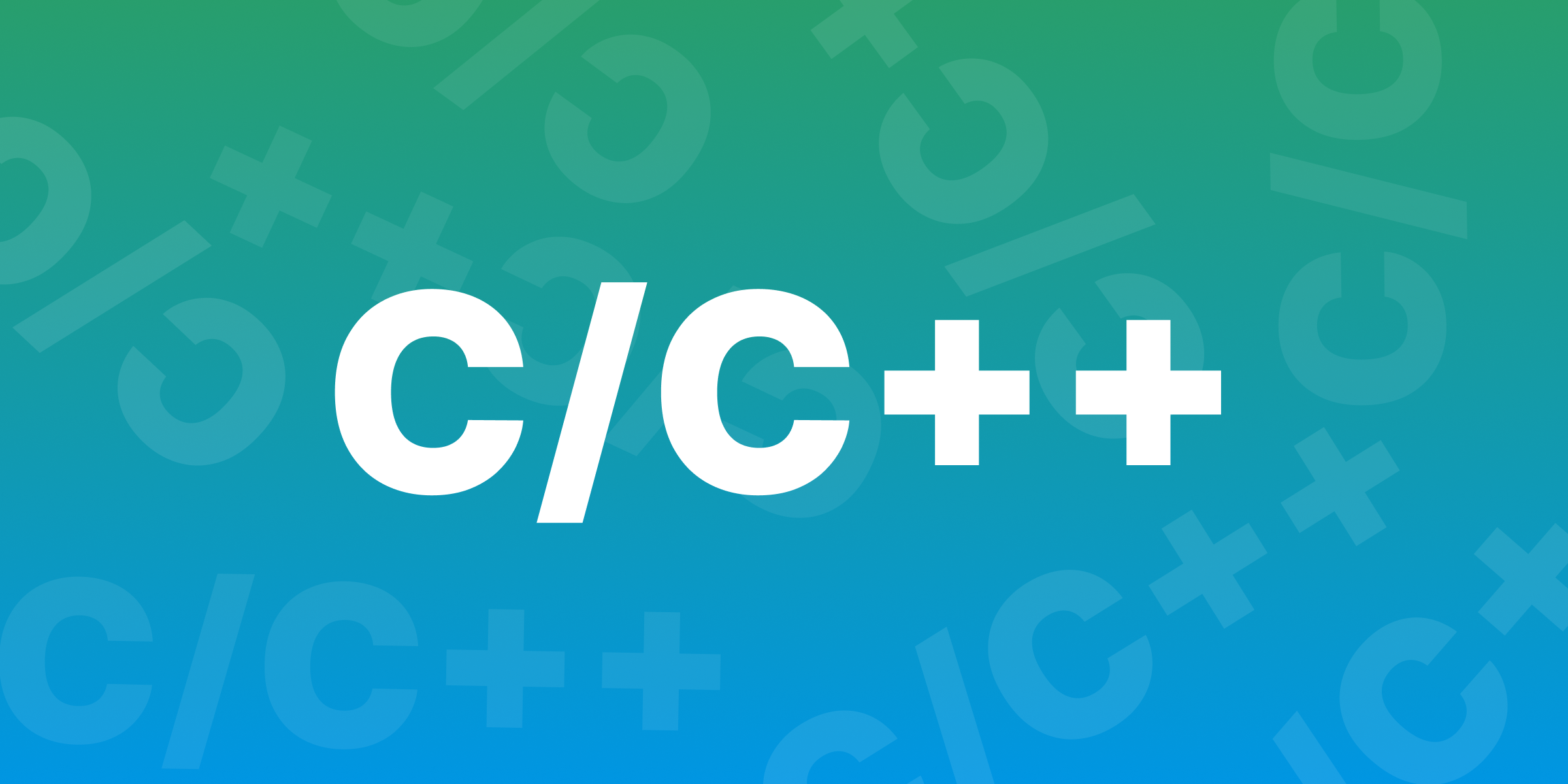Flink SQL JSONArray is a powerful tool for working with complex JSON data structures in Apache Flink. If you have ever struggled to handle arrays within JSON data, you’re not alone. Thankfully, Flink SQL JSONArray makes it easier to extract and manipulate this data seamlessly.
In this guide, we’ll walk you through how Flink SQL JSONArray works and give you a step-by-step explanation, from parsing JSON arrays to performing operations on them. Whether you are a beginner or someone looking to brush up on your skills, this post will help you understand and use Flink SQL JSONArray efficiently.
What is Flink SQL JSONArray and Why is it Important?

Flink SQL JSONArray is a feature in Apache Flink that helps in working with JSON arrays. JSON arrays are common in data from APIs, web applications, or IoT devices. These arrays often hold multiple pieces of data in one structure, which can be tricky to manage. Flink SQL JSONArray allows users to extract, query, and manipulate the data in these arrays more easily.
This tool is important because JSON arrays can be complex, but they contain valuable information. If you can work with JSON arrays effectively using Flink SQL, you can unlock insights that are hidden in the data. Whether you’re dealing with a large dataset or simple application data, learning how to handle JSON arrays is essential.
Understanding Flink SQL JSONArray can help developers efficiently work with data, saving time and reducing errors in processing. This is particularly useful in real-time data applications.
How to Parse JSON Arrays in Flink SQL
Parsing JSON arrays in Flink SQL JSONArray involves extracting data from the array format. To do this, you can use specific functions in Flink SQL that are designed to read and split JSON data into individual elements.
When you receive a JSON array, it’s stored in a single field. The first step is to identify the field that contains the array. Next, you can apply functions like JSON_VALUE to parse the array and get the data you need. This process helps transform the array into a readable format for further operations.
If you’re new to Flink SQL JSONArray, it’s helpful to start by running simple queries and checking the results. This way, you can better understand how your data is structured and ensure you’re extracting the right values.
Step-by-Step Guide to Extracting Data from JSON Arrays

Working with Flink SQL JSONArray is easier if you follow a step-by-step approach. Here’s a simple guide to help you extract data from JSON arrays:
- Identify the array field: Locate the JSON field that holds the array data.
- Use JSON functions: Apply Flink’s JSON functions like JSON_VALUE or JSON_QUERY to access the array elements.
- Flatten the data: If necessary, flatten the array so each element is treated as a separate row in your dataset.
- Perform operations: Once the array is flattened, you can perform filtering, aggregations, or any SQL operations on the data.
By following these steps, you can effectively work with JSON arrays in Flink SQL JSONArray. This method ensures you capture all important data while maintaining flexibility for analysis.
Common Mistakes to Avoid When Using Flink SQL JSONArray
Although Flink SQL JSONArray is a powerful tool, users often make some common mistakes when working with it. Here are a few things to avoid:
- Incorrectly formatted JSON: Always ensure that your JSON data is properly formatted before running queries. An error in the JSON structure can lead to query failures.
- Not accounting for null values: Sometimes, JSON arrays may have missing or null values. Make sure your queries account for these to avoid unexpected errors.
- Over-complicating queries: Start simple. It’s tempting to write complex queries from the start, but this can make debugging more difficult. Break your queries into small, manageable steps.
By avoiding these mistakes, you’ll have a smoother experience when using Flink SQL JSONArray in your projects.
Flink SQL JSONArray Functions You Should Know

Flink SQL offers several useful functions for working with JSON arrays. Let’s explore a few key functions you should get familiar with:
- JSON_VALUE: Extracts a scalar value from the JSON array.
- JSON_QUERY: Retrieves an entire JSON object or array.
- ARRAY functions: Allows you to manipulate arrays, such as retrieving elements by index.
These functions form the foundation of working with Flink SQL JSONArray. Learning how to apply them properly will make your workflow more efficient and help you get the most out of your JSON data.
- JSON_VALUE Function:
- Use to extract single values from JSON arrays.
- Common for accessing specific elements.
- JSON_QUERY Function:
- Use to retrieve complete JSON arrays or objects.
- Ideal for more complex queries where you need full structures.
Conclusion:
In conclusion, Flink SQL JSONArray is a very helpful tool for handling tricky JSON arrays in your data. It lets you easily pick out, change, and use important information hidden inside these arrays. Whether you’re new to using Flink or have some experience, working with JSON arrays can help you get more out of your data.
By learning the right steps and avoiding common mistakes, you can save time and avoid problems. With the right functions and a clear plan, Flink SQL JSONArray will make working with complex data much easier. So, start simple, practice, and you’ll soon be a pro at using JSON arrays with Flink SQL!









